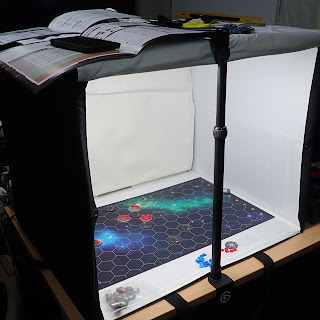Backgrounds are important
Nothing is worse in a Photo or a video when the unimportant background stands out, because of a crease or a mark. So before you start filming or shooting it is necessary to remove the wrinkles of marks to get that perfect shot.
Backgrounds play a crucial role in photography and filmmaking, contributing both aesthetically and narratively to the visual storytelling process. Here's why backgrounds are important:
Context: Backgrounds provide context and set the scene. They can give the viewer information about where the scene occurs, whether it's a busy urban cityscape, a tranquil forest, or a character's personal space.
Mood and Atmosphere: The choice of background can drastically influence the mood of a shot. A gloomy, overcast sky might suggest tension or sadness, while a bright, sunny beach could evoke feelings of joy and relaxation.
Depth and Dimension: A well-composed background can add depth to an image, making it feel more three-dimensional and immersive. Techniques like depth of field can make a subject stand out against a blurred background, drawing attention and creating a sense of depth.
Narrative Clues: Filmmakers and photographers can use backgrounds to provide hints or foreshadowing about the story. For instance, a clock in the background might emphasize the passage of time, or a storm brewing might hint at upcoming conflict.
Aesthetic Appeal: Simply put, a pleasing background can make an image more visually appealing. It can complement the subject, create contrast, or add to the overall color palette of the shot.
Character Development: In filmmaking, the background, especially in close-up shots, can reveal details about a character. For example, a person's room might be messy, filled with books, or have particular pictures, hinting at their personality and priorities.
Guiding Viewer's Attention: Backgrounds can be used to guide or redirect the viewer's attention. Leading lines, patterns, or spotlighting can draw the viewer's eye toward or away from specific parts of the frame.
Emphasizing Themes: Recurring backgrounds or motifs can serve to reinforce a particular theme or idea in a film or photographic series.
Creating Contrast: Backgrounds can be used to create contrast with the subject, whether it's through color, lighting, or content. This contrast can emphasize the subject and make it stand out.
Continuity: In filmmaking, maintaining consistent backgrounds is crucial for continuity. Inconsistent backgrounds can jar the viewer and break the illusion of the story.
However, while backgrounds are vital, it's also important not to let them overshadow the primary subject or distract from the story's main focus. It's a balancing act between ensuring the background adds to the composition without detracting from the primary focus.



Comments
Post a Comment